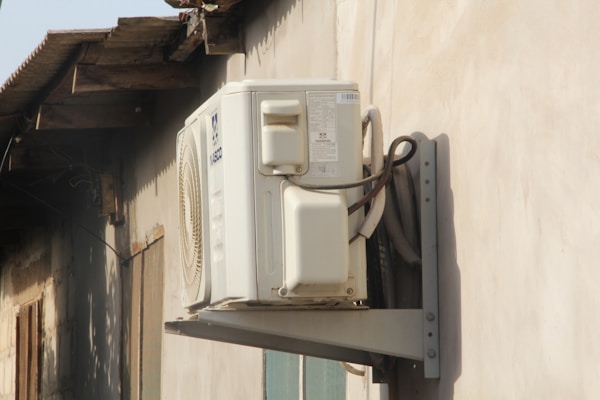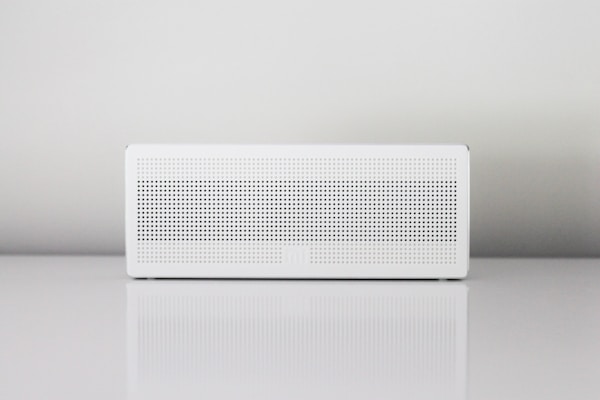If you live in a cold climate, you may wonder how a heat pump can keep your home warm in the winter. Knowing how the pump functions and what settings to use, you can take advantage of the pump's capabilities to keep your home warm and comfortable during the colder months. Keep reading to learn more.
What is a heat pump?

A heat pump is a device that transfers heat from one place to another. The pump consists of four main components: a compressor, a condenser, an expansion valve, and an evaporator. There are two main types of heat pumps: air-source and water-source. Air-source heat pumps use the outside air to transfer heat to or from the building, while water-source heat pumps use water from a source such as a lake or a river. But how do heat pumps work in the winter?
In the winter, heat transfers from the outside of your house to the inside. This can help to keep your house warm and save on energy costs. Transferring heat happens when a refrigerant is compressed and then expanded. The gas is then heated and expanded, which causes it to turn into a liquid. The liquid is then pumped through the coil in the outdoor unit, where it absorbs heat from the air. The liquid is then pumped through the coil in the indoor unit, where it releases its heat and turns back into a gas.
How do you troubleshoot a heat pump?

If there is something wrong with your heat pump during winter, there are several things you can check yourself before calling for service. The first place to start is by checking your thermostat settings. Ensure it is set to "Heat" instead of "Air Conditioning." You should also check that your heating mode is set to "Fan" or "Auto." If you have a programmable thermostat, ensure the time and date are set correctly so that your heating system will turn on at the right time.
You can also check your filters to make sure they are not clogged. A clogged filter can restrict airflow and cause your unit to run inefficiently or even stop working altogether. Another common problem is low refrigerant levels. If the refrigerant levels are low, it will affect how well the unit operates, and it may not be able to produce enough heat to keep your house warm. Finally, you can go outside and inspect your unit for any ice buildup or other damage that may be preventing it from functioning correctly.
How do you set up a heat pump?
The first step in setting up a heat pump is to determine the size of the unit. The size of the unit will depend on the size of the building and the climate conditions. Once the size of the unit has been determined, the next step is to choose the right type of heat pump. The next step is to install the heat pump. This may require the services of a professional installer. The installer will be able to tell you the best location for the unit and will install the necessary piping and wiring.
It is important to have a professional install the unit, as improper installation can lead to decreased efficiency and possible damage to the unit. Once the unit is installed, it is important to properly configure the unit. The installer will configure the unit to match the climate conditions and the needs of the building. Finally, it is important to regularly maintain the heat pump. The unit should be inspected and cleaned regularly to ensure that it is working properly.






